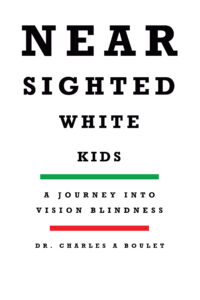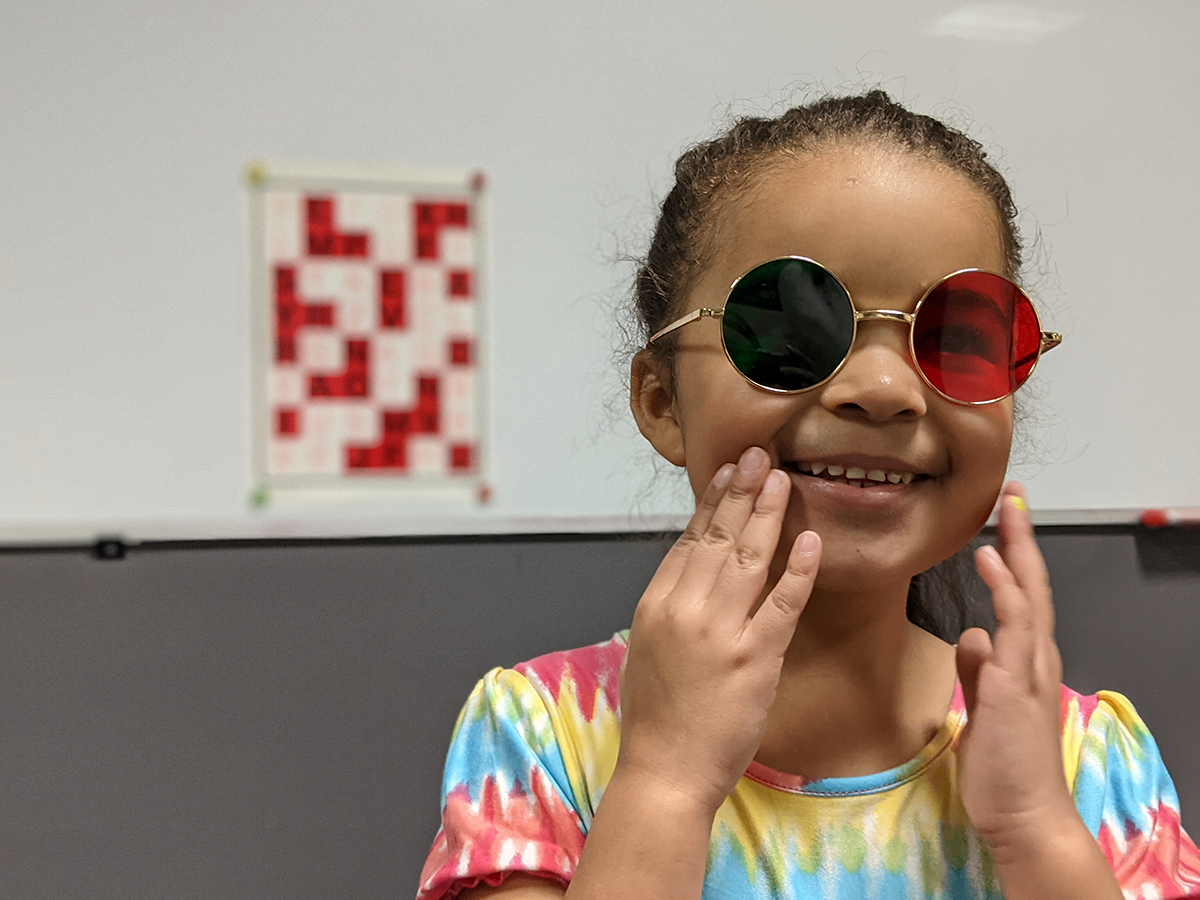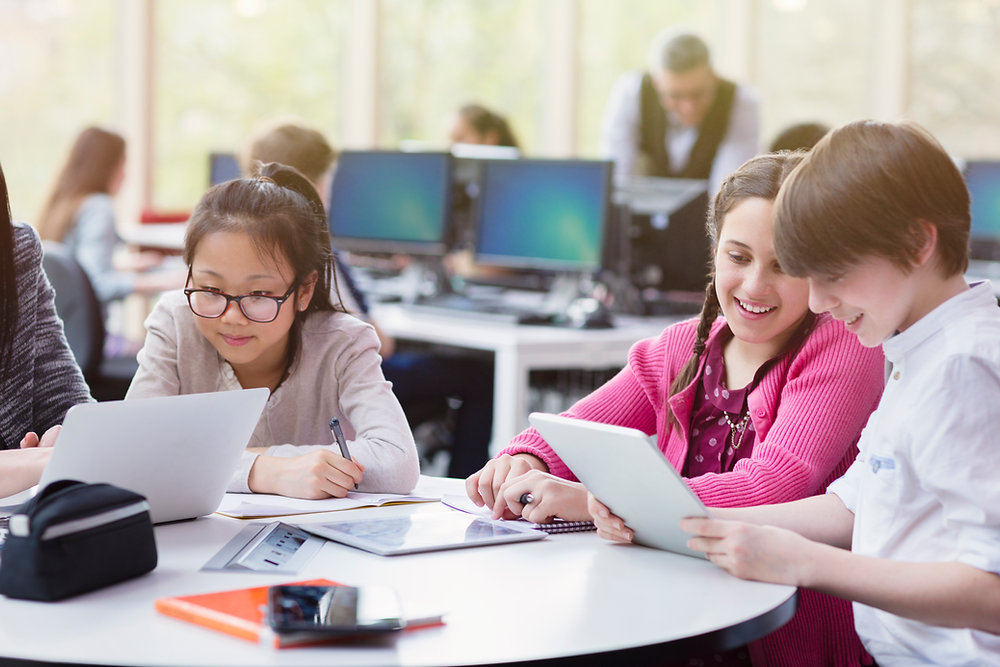Hand Clapping and Drawing Rhythms
Purpose: Develop awareness of auditory rhythm, timing sequencing through hand-eye involvement
Apparatus: Music, chalkboard
Method:
1. Given a series of claps ranging from one to four, have child reproduce the clapping pattern.
2. Give child a series of long and short musical notes. Draw appropriate horizontal dash for each sound. Draw from left to right. Try to differentiate between high and low notes by drawing them higher or lower on the chalkboard.
3. Given march tempo music, have child clap hands in time with music. Eventually try this with music with a changing tempo.
4. Clap your hands in a series of claps, ranging from one to four. Have child draw a horizontal line (or dash) from each clap, from left to right.
5. Given a series of claps, with long and short time intervals between them, reproduce the clapping pattern. Start with a sequence of two or three claps. Increase the number when possible.
6. Given a spoken phrase of numerals (i.e., “one,” “two,” “three”) clap hands once for each word in the phrase, three in this example.
7. Given a spoken phrase of numerals, child is to “write” it, using horizontal dash to represent each numeral. He is to draw from left to right, and read aloud any numeral on request. For example, the third dash would be read as “three,” the first as “one.”
8. As #6 and #7 improve, substitute phrases and sentences for number sequences. Clap for each spoken word. Repeat at the chalkboard and draw a dash (or line) for each spoken word.
Aspects to be Emphasized:
1. Ability to match a sequence of sounds, presented rhythmically and arhythmically by clapping and by drawing at the chalkboard.
2. Ability to match tempo of music.
3. Ability to match long short, or high and low sounds.
4. Ability to distinguish individual words in speech patterns and demonstrate this by clapping and by drawing at the chalkboard.





